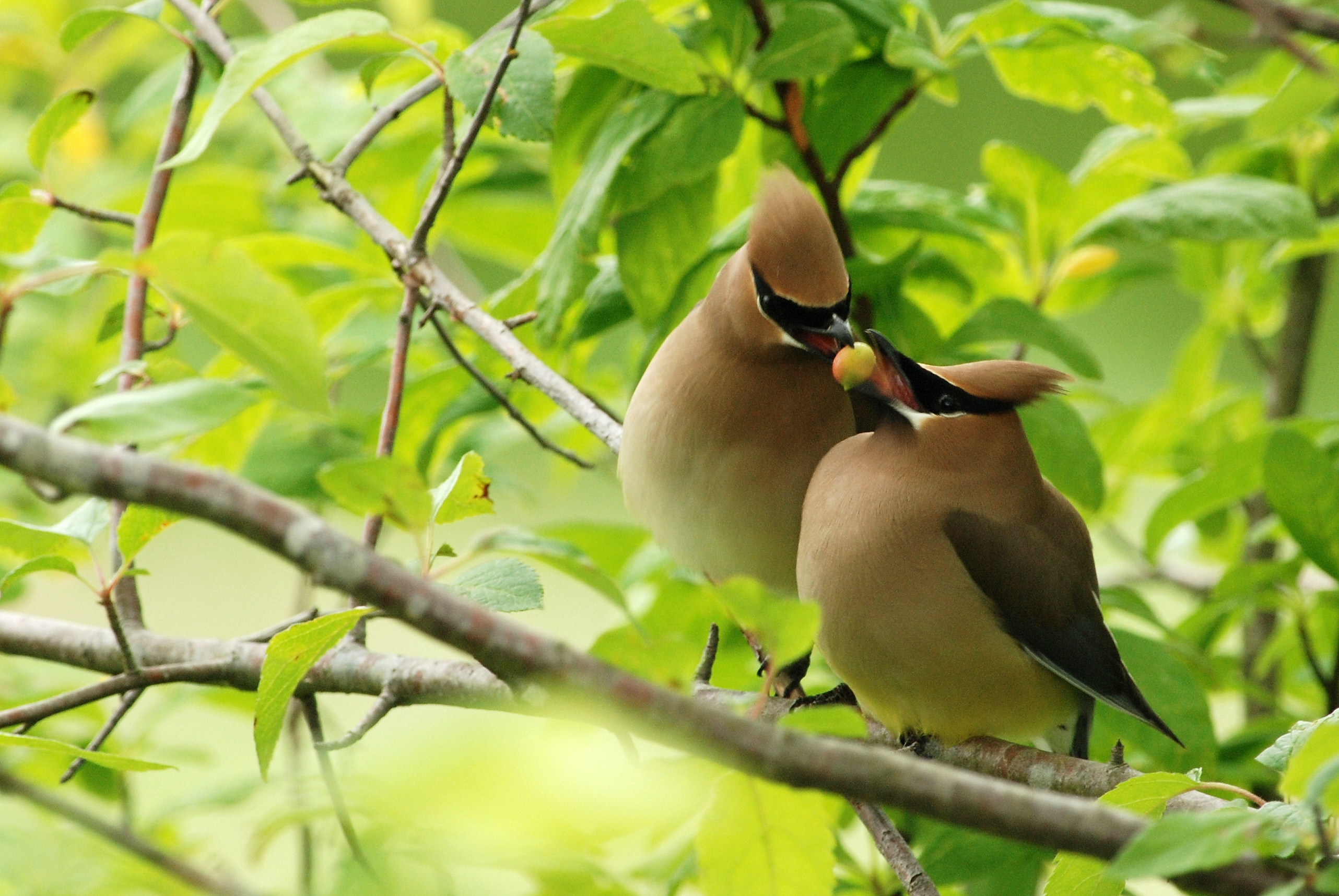Media release
From:
The exploitation of sexual signals by predators: a meta-analysis
Conspicuous sexual signals, though attractive to mates, are also thought to garner the attention of unintended receivers such as predators and parasites. Our study affirms this central cost of reproduction, though reveals unexpected complexity and modality-specific variability in outcomes.



 Australia; NSW
Australia; NSW



